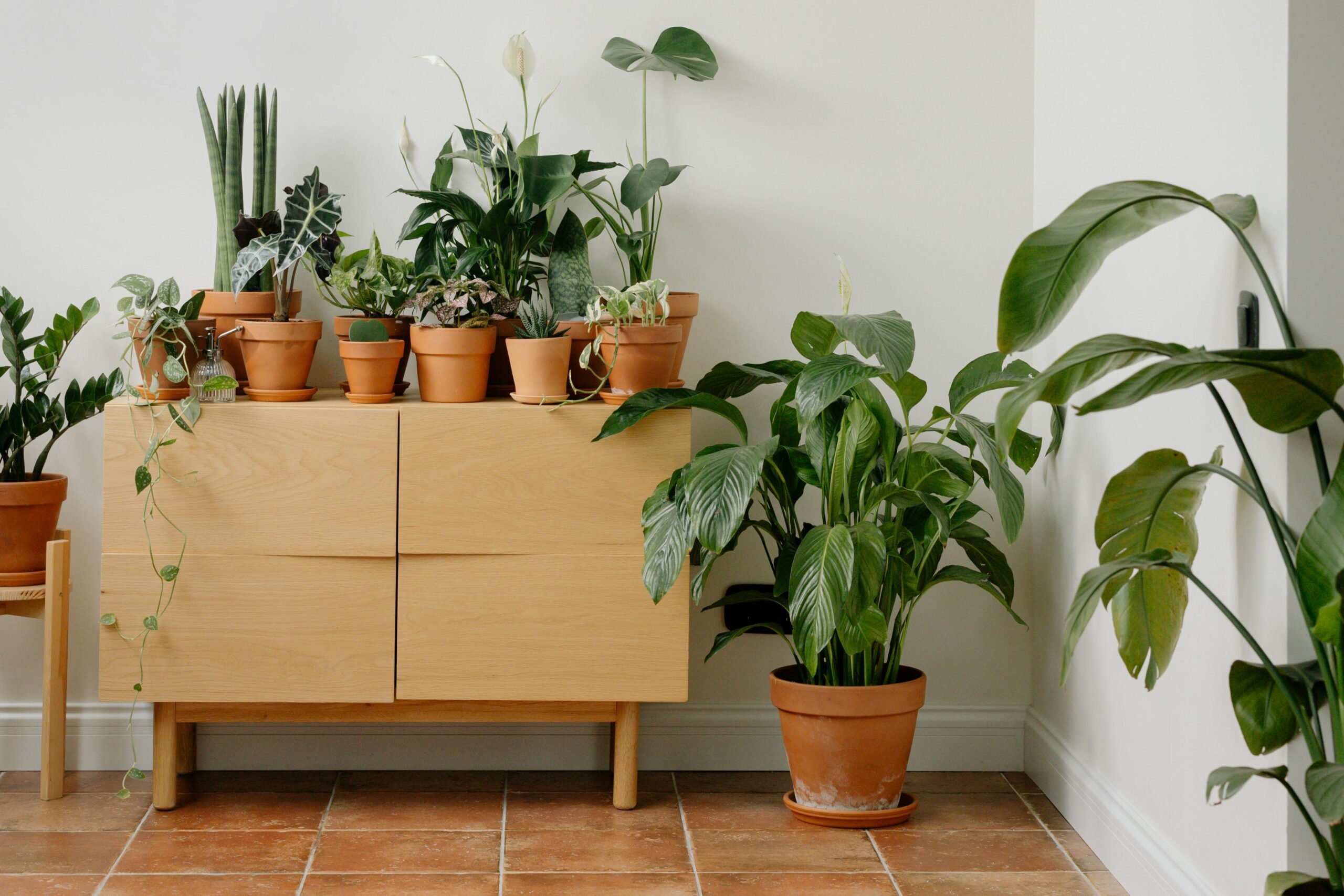In rapidly urbanizing countries like India, indoor air quality (IAQ) significantly impacts public health and well-being. Urban architecture faces the challenge of incorporating design elements that address pollution and its effects on health. Given the elevated levels of outdoor air pollution in many Indian cities, architectural strategies that enhance IAQ within buildings are essential.
Architecture can greatly influence IAQ through strategic design features. This includes optimizing natural ventilation with elements such as courtyards and open balconies, which help reduce reliance on mechanical air systems and mitigate the influx of pollutants. Innovative design strategies also involve using local, low-emission materials to reduce VOC emissions. For example, traditional architecture leveraging structures like jaali not only provide shade and privacy but also enhance airflow [Megahed & Ghoneim, 2021].
The health benefits of improved IAQ are particularly crucial in densely populated urban areas in India, where respiratory illnesses are prevalent. Enhanced IAQ can lower incidences of asthma and other respiratory conditions, which are heightened by urban pollution [Spengler & Chen, 2000]. Initiatives like India’s Green Rating for Integrated Habitat Assessment (GRIHA) promote sustainable building practices that incorporate bioclimatic architecture to naturally regulate indoor environments and improve health outcomes [GRIHA Council, 2020].
Guidelines for Architects
- Embrace Natural Ventilation: Design buildings with features such as cross-ventilation, courtyards, and atriums to maximize airflow and minimize stagnation of air, reducing indoor pollutants naturally.
- Select Low-VOC Materials: Prioritize materials and finishes that emit low levels of volatile organic compounds to maintain healthier indoor air quality.
- Incorporate Green Architecture: Use plants, green roofs, and vertical gardens as integral components of building design, as they naturally filter air and reduce the levels of carbon dioxide and other pollutants.
- Leverage Traditional Designs: Implement architectural features from traditional Indian designs, such as jaalis, to enhance natural cooling and ventilation while maintaining aesthetic and cultural relevance.
- Integrate Smart Building Technologies: Utilize real-time air quality sensors and automated ventilation systems to maintain optimal indoor air conditions dynamically.
References
- GRIHA Council. (2020). Green Rating for Integrated Habitat Assessment. Retrieved from GRIHA India.
- Megahed, N.A., & Ghoneim, E.M. (2021). Indoor Air Quality: Rethinking Rules of Building Design Strategies in Post-Pandemic Architecture. Retrieved from ScienceDirect.
- Spengler, J.D., & Chen, Q. (2000). Indoor Air Quality Factors in Designing a Healthy Building. Retrieved from Purdue Engineering.
